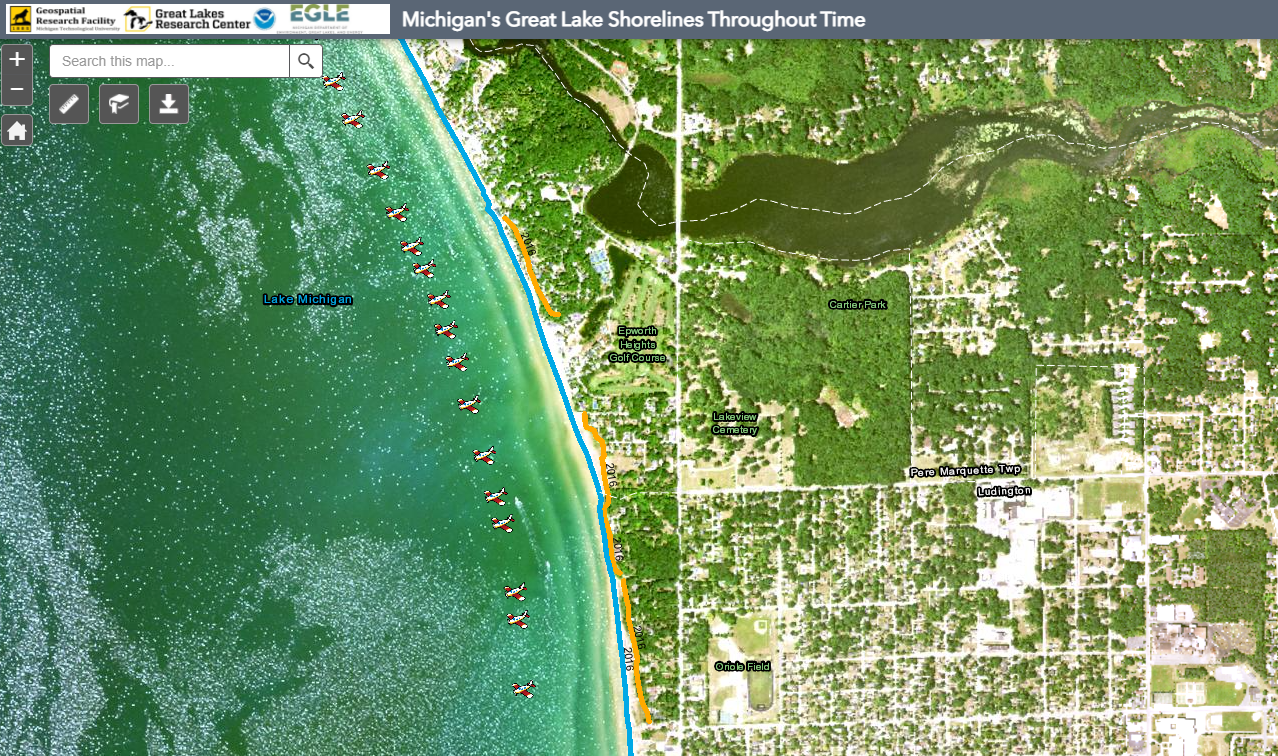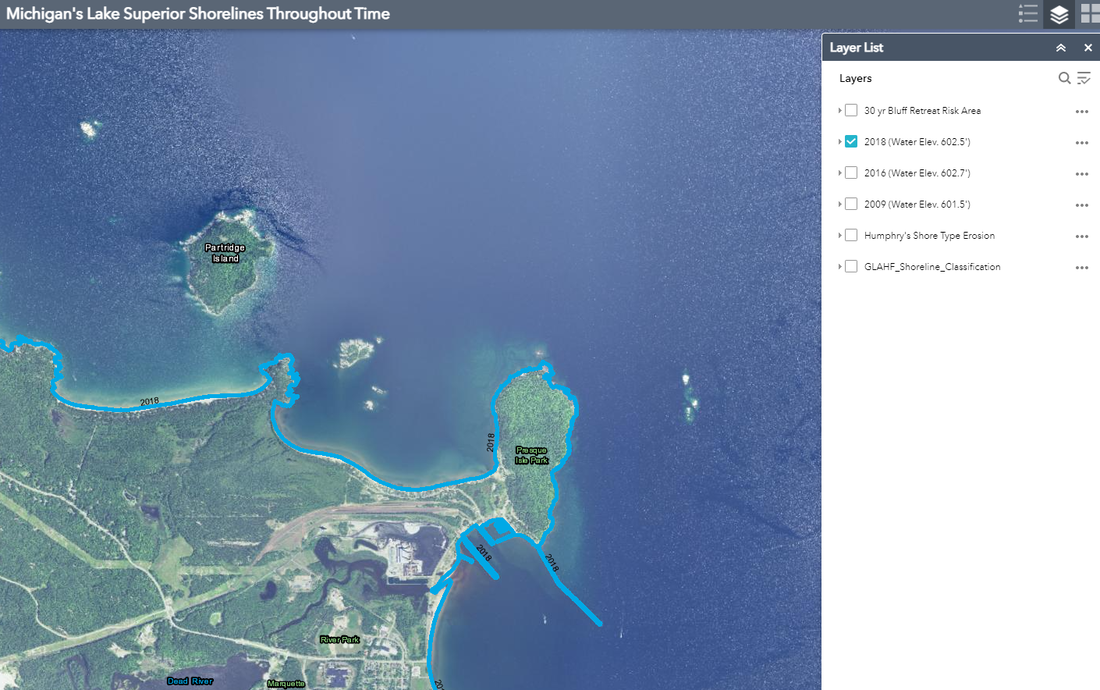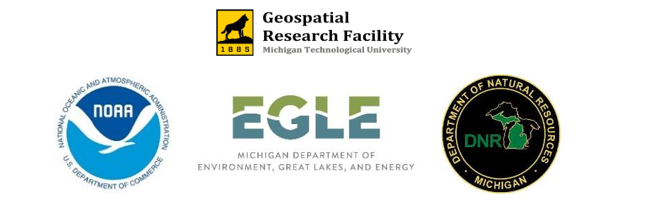|
Financial assistance for this project was provided, in part, by the Michigan Coastal Zone Management Program, Michigan Department of Environment, Great Lakes, and Energy, and is supported through a grant under the National Coastal Zone Management Act of 1972, as amended, administered by the Office for Coastal Management, National Oceanic and Atmospheric Administration.
0 Comments
Leave a Reply. |
|



 RSS Feed
RSS Feed



